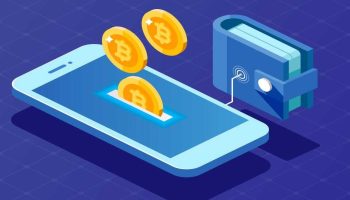Non-fungible tokens have quickly grown in popularity in the crypto industry, with everyone rushing to cash in on the craze. But what are they, what are their uses, and why are they so special? This guide explores all you didn’t know about non-fungible tokens.
What are non-fungible tokens?
Fungible means that a token is interchangeable; for instance, fiat currencies such as banknotes are interchangeable because you can exchange one-dollar bill for another, and there will be no distinction between the two. Cryptos like bitcoin are fungible as well. For instance, if you send someone one bitcoin and they send you another back, you still have one bitcoin.
However, non-fungible tokens (NFT) are unique. For instance, there can only be one Monalisa in the whole world. So, non-fungible tokens are digital assets with unique information recorded in smart contracts and immutably recorded on the asset’s blockchain.
One thing about non-fungible tokens is that they can be associated with any asset and are used to prove ownership, including physical items such as clothing and real estate. However, most of the NFTs are linked with digital assets.
Additionally, non-fungible tokens are not divisible, which means that you cannot send someone part of it like you can do cryptos. For instance, you cannot share a part of a concert ticket because it wouldn’t be worth or redeemable on its own.
Some of the initial NFTs were crypto kitties. Note that every blockchain-based crypto kitty is unique. Suppose you send someone a crypto kitty, and they send you another one in return; in that case, the one you receive will be entirely different from the one you sent.
Why all the fuss about NFTs?
You may be wondering, what makes NFTs so special that everyone is suddenly interested in them? A non-fungible token has a distinct characteristic associated with a particular asset. It is used to prove the ownership of a digital asset like digital art to the right of the physical asset. Many types of content have been transformed into NFTs, including movies, music, digital art, etc.
Suppose you bought an in-game item in a video game; in that case, it is controlled by its publisher. That means they can stop supporting or updating the video game if they choose to or even turn off its servers, and your in-game item will vanish.
However, NFTs are based on a decentralized platform, which confirms the actual ownership; therefore, no single entity owns your NFT. In the future, you can move it across the digital world as you see fit.
How do they work?
Non-fungible tokens represent digital collectibles and are mainly used for digital assets that need to be differentiated from each other for proving their value or rarity. In simple words, they can represent anything from ownership licenses to artworks. You can trade NFTs on NFT marketplaces. In an increasingly digital world, NFTs are used to prove digital ownership.
Summary
NFTs are unique digital assets that can prove ownership of both tangible and intangible items.






